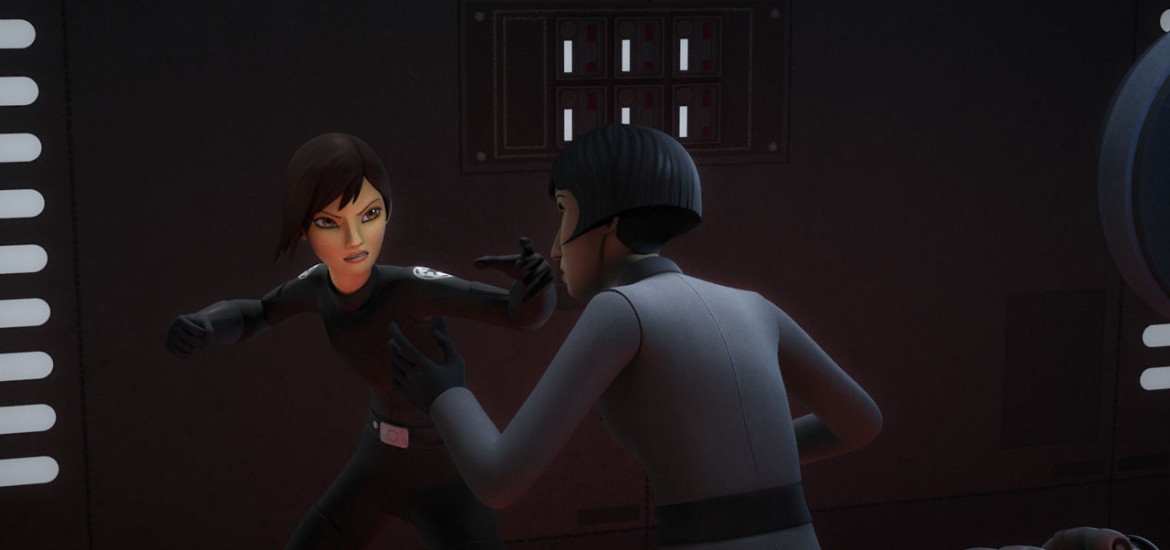Note: This is not a review. Here, we simply take a few bits, force them to become our slaves, torture them and turn them into mindless killing machines. Welcome … to the Star Wars Report. As always SPOILERS from here on out.
On Rebels, The Antilles Extraction, the rebels send in their deadliest weapon to extract the second deadliest weapon (and his sidekick), but are foiled by a ruthless Imperial and one with a really, really cool ‘tache. Honestly you’d think it’s regulation to have amazing facial hair.
Pwetty little murderers
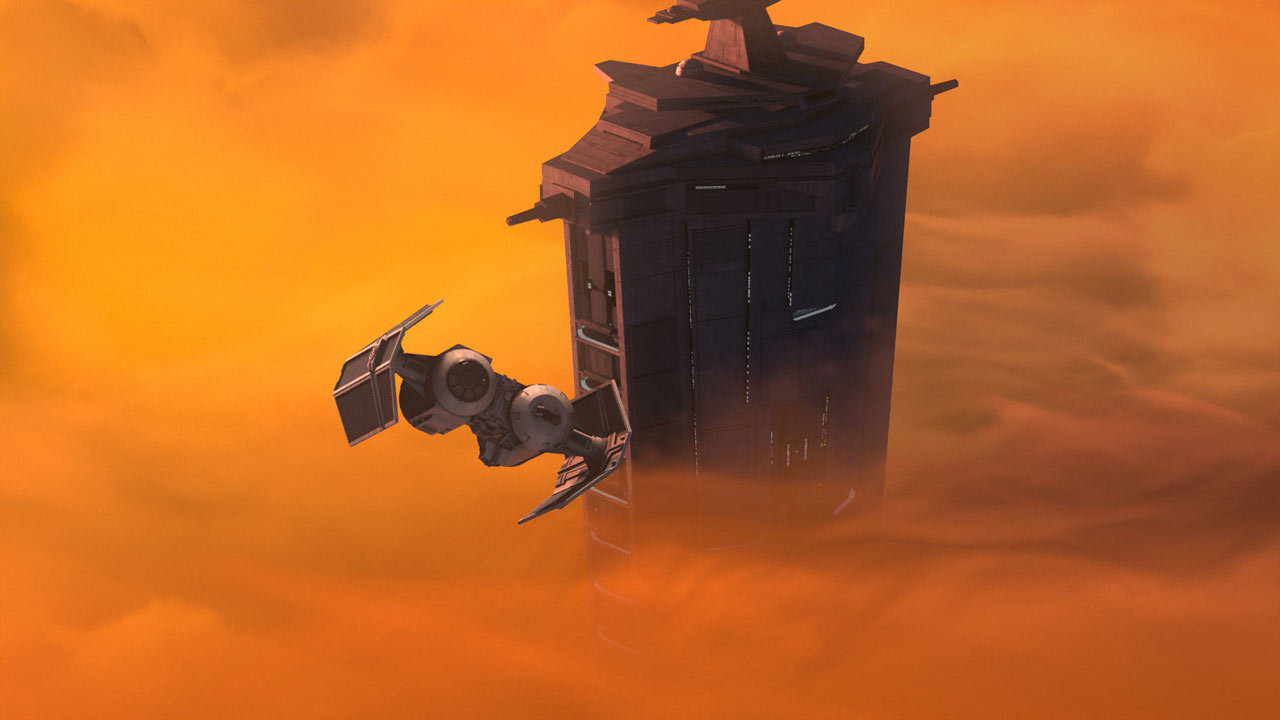
Rebels stands atop aesthetic giants. I remember when its predecessor, The Clone Wars, started. It was not pretty. Objects, though overall good, were somewhat clunky and lacked charm. People, and in particular facial expressions, well, weren’t. I recall a scene where Padmé was in peril; her face remained studiously blank, as if Anakin had uttered an absolutely terrible pun (also known as: a pun). Yet over the years the graphics team slowly, painstakingly perfected its craft. Some of the battles in the latter series were things of beauty. And then, like all good things, it ended before its time. Such a waste … until Rebels came along and that same crew applied its well honed technique on this show, and oh, it was so artistically done.
(Sorry)
If I may draw your mind back to the first episode, I was struck by the technical wizardry on display during the escape, where Ezra had to escape amid fire, smoke and cloud. Here, too, in this episode Sabine was among the clouds and the same wizardry was on display. Except it isn’t wizardry at all, it is the end result of all those years on The Clone Wars and Rebels, it is good men and women painstakingly applying their craft time and time and time again. And they’re still getting better. And though these words can apply to practically any episode, I want to draw your attention to this particular one because nearly every scene had me in awe. The lighting alone – ye gods, the lighting! The way it suffused the scene with its ethereal glow was technically brilliant. That is the right word; it may seem a matter of course these days that, yes, made up things look pretty, but this is surprisingly difficult to get right from a technical stand point. For a non-Star Wars example, I point to the curly hair of Disney’s Brave. As simple as it seems, for that team to get the hair right required groundbreaking techniques. For curly hair of all things. Now, I’m not an expert on this at all, but I do appreciate the skill involved here. Especially with regards to the cloud and fog, which in particular stood out.
Sabine
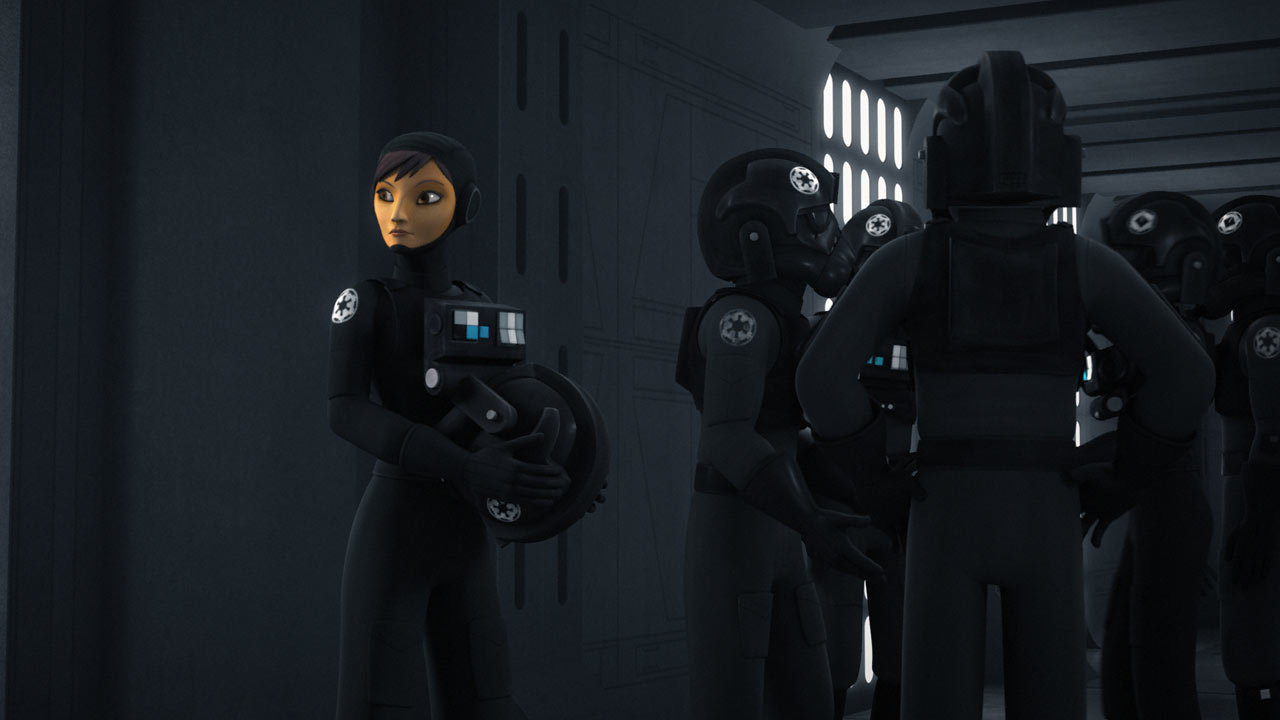
Perhaps the least appreciated member of Team Spectre, Sabine – played admirably by Tiya Sircar – finally had her moment in the spotlight, as she was tasked with the retrieval of several assets. Which she did alone, I might add. Time and time again she proved her worth: in the beginning with her quick thinking after the security check failure, which … as amusing as it was to see the cartridge-blowing reference, I’m of two minds about. While it ably displayed her ability to adapt under pressure – seriously, we see this all the time but who among us would actually be able to remain calm – I wasn’t a fan specifically because we see it all the time. Not just that, but it’s (in fiction) a simple thing for spies to do. And yet they often fail at this one thing – which does undermine their supposed level of competency. As I watched this episode I was reminded of an old spy show: Alias. Every week the main character, Sydney Bristow, would sneak into some secret lair, donning a memorable disguise as she did so, complete her task – and then set off the alarm. Done once or twice, it can be useful in amping up the tension. But done too much and it becomes fairly meaningless. Here we saw much of the same; this show often relies on that storytelling device and if they’re not careful they could become stuck in a writer’s rut.
Before I move on, I’d also like to draw a comparison with Sabine and Sydney: As I mentioned, Sydney would often utilise disguises to sneak in – and I’d often laugh at how silly they were because no matter how she looked she was always recognisably Sydney. And yet when the Rebels trailer came out we saw the last scene where Sabine introduces Wedge and Hobbie to Admiral Sato. I can’t speak for you, but I didn’t recognise her at all in the trailer! I have to hand it to the art department, they did their job very well.
(As an aside, this is supported by real world spies: outlandish disguises tend to not work, whereas simply changing your hairstyle or hair colour does.)
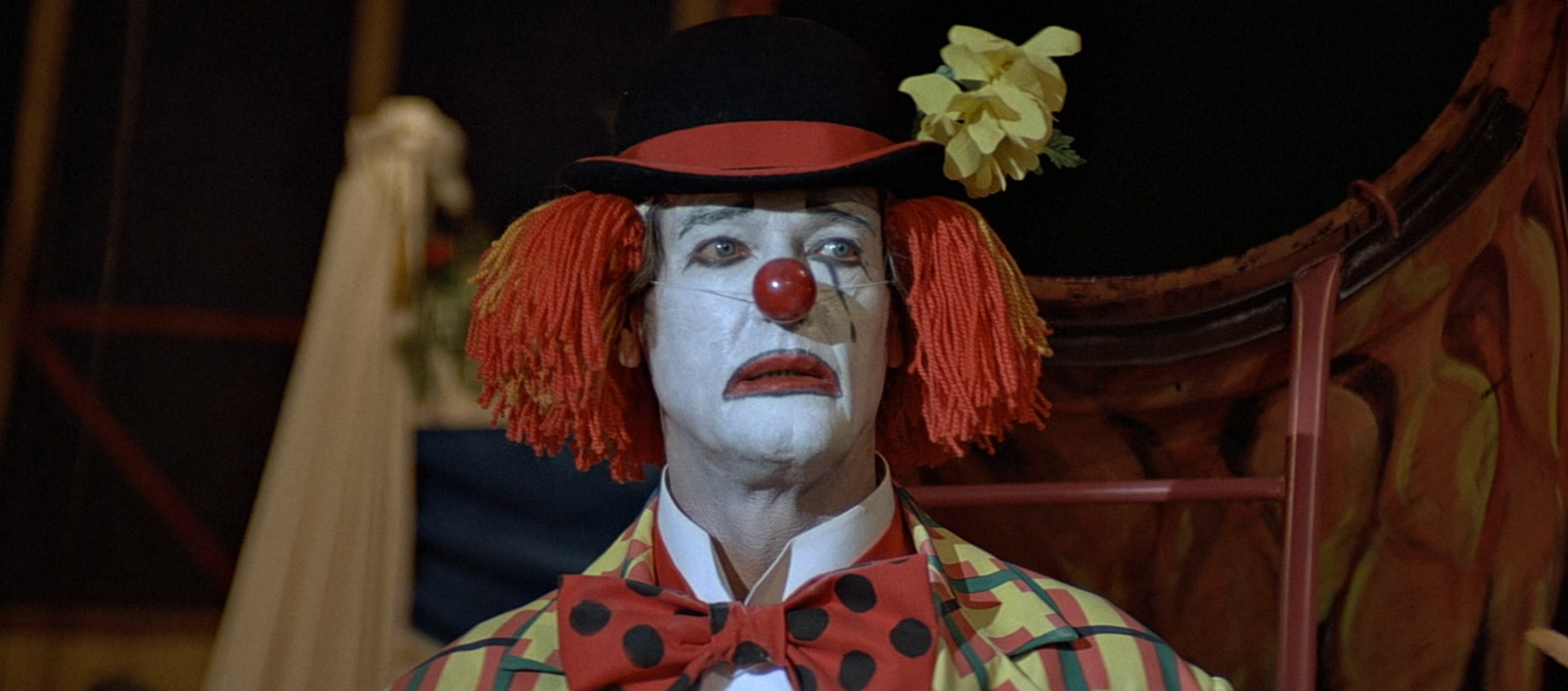
Throughout the episode, Sabine repeatedly gains the upper hand, through interrogation (up to a point, and she knew enough not to reveal her real name), she managed to defeat Governor Pryce even after enduring a brief episode of torture. She managed to effect an escape twice – with help, certainly, but for someone who went in with no plan whatsoever* that’s quite remarkable.
*Okay, I must be fair and administer admonishments. I bemoaned others on the show doing so, and yet here she is doing much the same. In my defence, she presumably was working under tacit approval of lacking a plan. And I’m pretty sure the grammar of that sentence was about as organised as Sabine’s plan, but oh well. #SorryNotSorry
Speaking personally, Sabine is my favourite. Admittedly that’s mainly due to the Mando thing, but this episode was so much sweet vindication. Though I liked the episode exploring her bounty hunter past, it’s fair to say that that was a somewhat weak episode and didn’t really do Sabine justice. Here, no such charge can reasonably be levelled. We saw her kick butt and take, erm, pilots. We saw her use her knowledge, wits and skills to come out on top. And not only that, but were able to explore in slow drips and quick teases more of her past in a way that felt wholly natural. The writer – whom I’ve just learned was Gary Whitta, who worked on the first Rogue One draft – did an excellent job here. Also entirely coincidentally I’m now really, really excited for Rogue One. Can’t imagine why.
Pryce
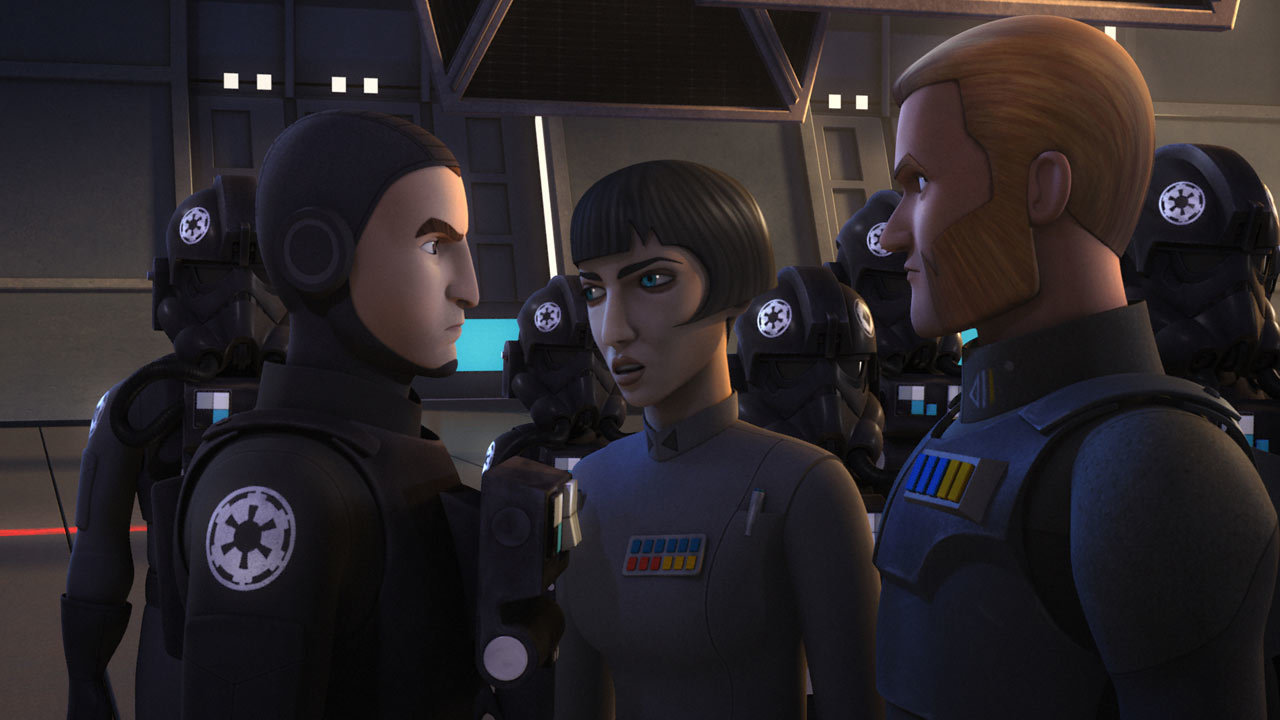
And yet, what is a hero without a good villain? All good heroes must have a good foil. Luke had Vader, Holmes and Moriarty (and occasionally himself), Jessica Jones had The Purple Man, Pinky had Brain. It is a must to have someone equal or superior ability to fight against, otherwise you’re pretty much just beating up poor or mentally ill people (like Batman). While it was said that Hera has Thrawn (on Rebels Recon I think, but please don’t quote me on that) I believe that Sabine’s nemesis is Governor Pryce – who naturally is different to all those Imperials that have come before.
She is unlike the brute strength and evil that is Darth Vader and his Inquisitors. She is unlike the pragmatic (not so) evil of Agent Kallus and some of the practical but forgettable other Imperial officers. She’s even unlike Thrawn, though fairly similar. It’s admittedly a little too early to draw too many comparisons, but Thrawn seems like the kind of man to sit back and watch, calculating. Perhaps be ruthless when necessary. Pryce seems to be calculating and cunning, certainly, but she seems much more eager to be ruthless, and is entirely too happy to do the dirty work herself. It is she, after all, who spearheads the investigation and the interrogation. Thrawn may have garnered all the attention, but please don’t discount Pryce. By strength and by guile, she has the potential to be a very sore thorn in the rebels’ side.
Authority Shapes Evil
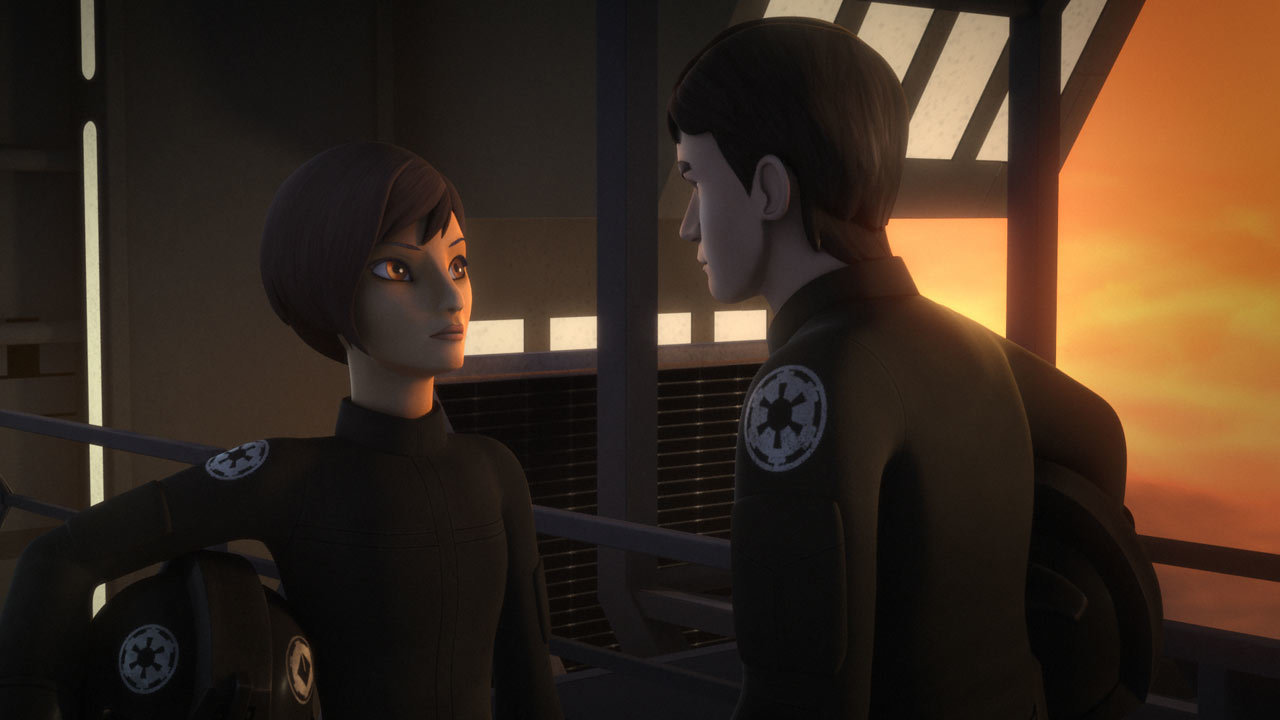
Did anyone else think it was weird that the Empire had, seemingly as par for the course for cadets, simulations of killing civilians? Upon first glance it seemed a tad too evil. Certainly, it’s obvious that the Empire’s own callousness in mere simulation is what drove the cadets away. But upon review it seems to fit so very well with what’s happening. Or maybe I’m just reading far too much into it and assigning credit where none is due. But still. On a practical level, it works because this is what they’ll be doing in ‘real life’. They will be attacking civilian vessels, so it’s a good idea to get them used to it now. And realistically, in real-world militaries, soldiers are required to perform drill upon drill while training for specific combat missions. (Though please don’t mistake me for saying that it’s fair of them to just attack civilians straight off the bat; much like in the real world, they ought to first disable their routes of escape – which doesn’t always mean firing lethally, but can as simple as surrounding them – then carefully disarming them and then going in to inspect them. This might be laborious but it’s the best way of resolving a potentially dangerous situation non-violently.)
But on another level it could be a display of mental conditioning – to get their cadets to actively be evil. Much like Hitler Youth, where cruelty and bullying were practically codified into its system, here the cadets were taught to commit atrocities in ‘safe’ environments, which would have the affect of making the real thing seem more palatable. By having the cadets perform minor evils, again and again, and with approval from authority figures, that opens the door to greater evils – and makes them acceptable as an everyday occurence.
I mentioned approval from authority, and that cannot be undersold. There was once an experiment called the Milgram experiment; the validity of the test methodology and the results are somewhat in question, but the premise has largely held up, which is thus: the test subject sits at a table. They must ask questions, via an intercom, of a second test subject in another room. If the second subject gets a question wrong, the first must deliver an electric shock to the second. After each wrong answer, the voltage would be increased by increments – up to and beyond lethal levels. Don’t worry, no one was ever harmed; there was never a second subject, but a pre-recorded voice. Not that the first subject ever knew that. Throughout the test, a scientist would sit with the test subject and tell them to keep going beyond the lethal level of shock – and a lot of them did. The point of the test was to demonstrate that people would defer to authority, be it a scientist or an employer or a superior officer, even when committing immoral or unethical acts.
With that in mind, if what happened in the episode seemed outlandish to you, as it did to me, just remember that that test happened in the real world.
Author: Michael Dare
Michael Dare is a writer, lives in the UK, and has been slowly coming to terms with the realization that he is not Sherlock, but Watson. He loves Star Wars, dislikes blue milk. Enjoys jumping sharks. Survives on the tears of sexist men, and cheeseburgers.
